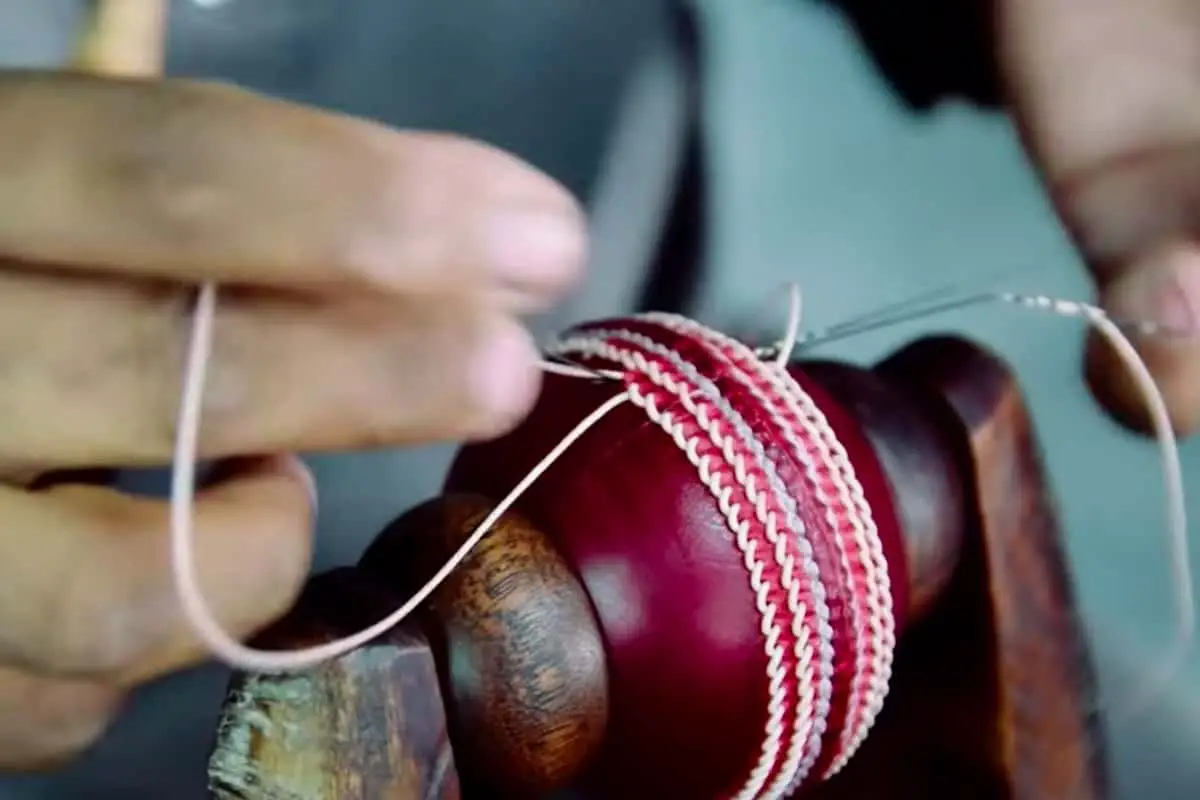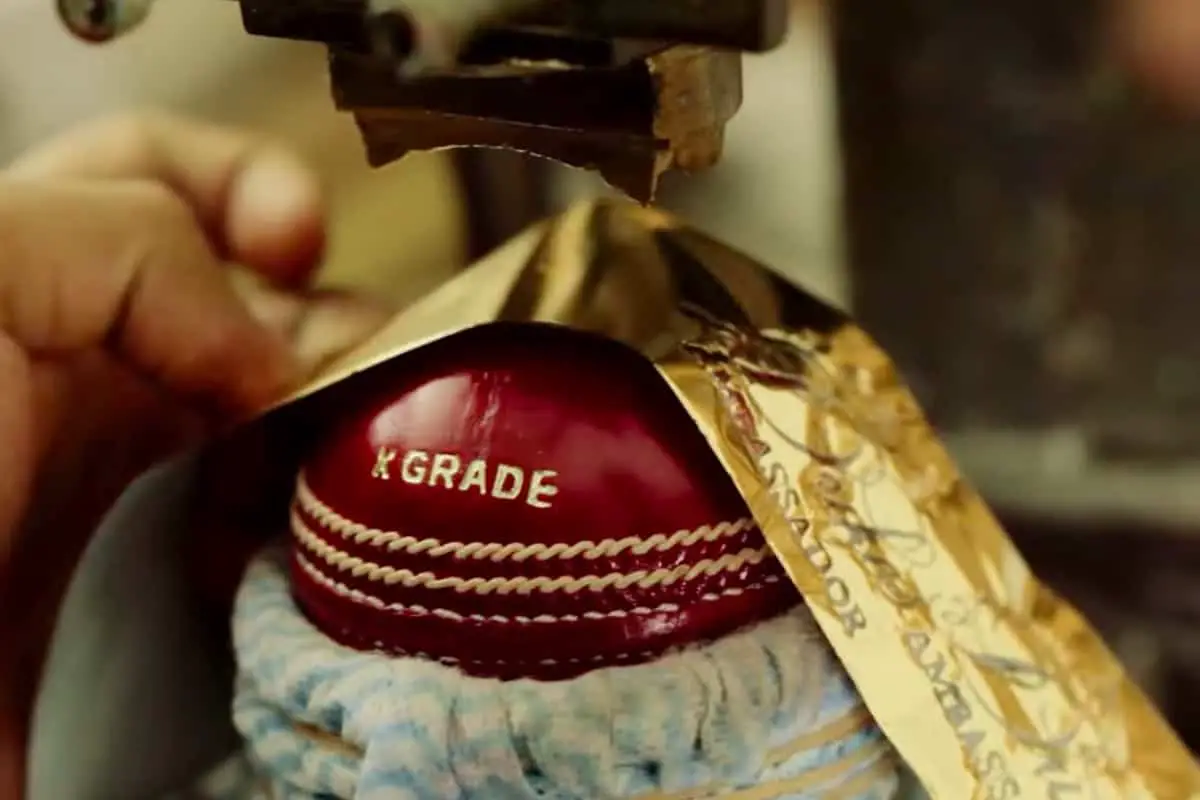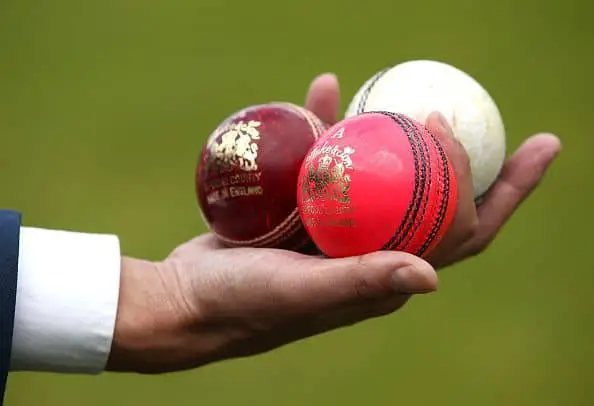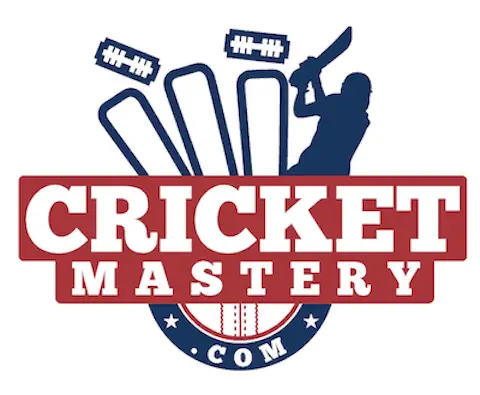The quality of a cricket ball is paramount when it comes to international matches. It can literally make or break the game. We all know the cricket balls used in professional cricket matches are made from leather. But, what type of leather is used for making a cricket ball? Let’s find out!
A Cricket ball is made from cowhide or cow leather although occasionally buffalo or ox leather is also used for making cricket balls. The leather undergoes a purification and dyeing process before the process of making the balls can begin.
There is a lot to know and learn about the leather cricket ball. Let’s begin with the leather and the other ingredients of a cricket ball.
Which Animal Leather is Used in Making Cricket Balls?
The leather used for making the cricket ball is mostly cowhide. In rare cases, the skin of buffalo or ox is used. The term “hide” in cowhide means the skin in its whole form. Cowhide is the most common and one of the cheapest types of leather.
The Ingredients of a Cricket Ball

We all know, the balls used in professional cricket matches are made from leather. It also has some other key ingredients.
A leather cricket ball has Cork at the core, layered with tightly wound strings, and finally covered with leather. Cork is basically the outer layer of the bark of the cork oak. The cork and the leather provide the hardness and durability to the cricket ball.
What is the Procedure to Make a Cricket Ball? (Short Explanation)
Making a cricket ball is not just about putting the leather around the cork, rather it’s a fascinating and skilful artwork. A single cricket ball takes nearly three-and-a-half hours of dedicated human labor. Let’s briefly look at how the cricket balls are made, polished, and branded before the players use them.
Processing, Cutting, and Stitching
The manufacturing of a cricket ball starts with the processing of the leather which includes purification and dyeing.
The leather is then cut into two or sometimes four pieces, stitched and pushed into a semi-circle like shapes that form the two halves of the ball. The halves are stitched using thick thread. Several strong stitches are made to ensure greater strength.
Assembling and Final Stitching

After the initial processing, the stitched leather and cork ball are assembled with the help of manual tools, and then an operator gives around 60 to 80 nice-looking stitches to hold the ball assembly.
Pressing, Milling, and Branding

After the final stitching, the ball is put into a press machine to apply the pressure on the ball from both sides and get the perfectly round shape. Then, the branding is done by stamping a heat-sealed gold foil as shown in the image below.
In the end, the ball is polished using lacquer to get the shine on the ball which is responsible for the swing.
How does the Leather used in Red, Pink, and White ball differ?

As you know, red color balls which are primarily used in Test and domestic matches, and for the limited, over games, white balls are used. Pink balls are introduced for Day-Night Test Matches.
Red and Pink cricket balls suffer less wear and tear, while white balls tend to swing more. But is there any difference in the leather used in red, white, and pink balls? Let’s find out.
There is absolutely no change in the type or quality of the leather used to make red, white, or pink balls. However, there is a difference in the way the leather is processed, and the color is applied.
The red and white cricket balls get the color by dyeing the leather in red or white, whereas the pink color balls get the color because of the pigment with which the leather is coated.
Effect of Coating and Polishing on a Leather Ball
During the initial phase of the ball making, the leather is dried and compressed down to a thickness of around 3mm or less.
After the initial treatment, the leather is polished with a synthetic grease to protect the ball from wet conditions. At this stage, it’s always better if the leather is allowed to soak more grease.
In the case of the pink balls, the use of grease is limited, because with more grease the ball becomes darker and shinier, and the darker shade balls are difficult to spot under the effect of the lights in day-night games. That’s the reason the pink balls lose the shine early compared to the red balls.
Once the final threading is done, in the last stage of the ball making, the ball undergoes a final polishing which is responsible for swing.
For Red balls, the wax coating is used, but the wax cannot be applied to pink and white balls as it would make the balls darker.
So, for pink and white balls, Polyurethane (PU) coat is used, which is also helpful in protecting the ball from corrosion and scuffs.
Where is the Leather for Cricket Balls Imported from?
To make cricket balls that last longer and give players the best outcome, the quality of the leather is the most vital factor. Prestigious ball manufacturing companies British Cricket Balls Ltd always import the leather for cricket balls from a particular tannery in Scotland.
The company notably manufactures Dukes brand of cricket ball. It is believed that the leather produced in Scotland’s tannery is the best available for the manufacture of cricket balls.
The thickness of this imported leather is between 4mm and 4.5mm. The leather is then dried and compressed as mentioned earlier.
What are the Best Leather Cricket Balls in the Market?
Currently, the Dukes cricket balls (red) are used by England, West Indies, and Ireland for Test matches. For cricket in India, SG cricket balls are primarily used, while the other Test-playing nations use the Australian-manufactured Kookaburra ball. Let’s explore some of the quality leather balls made by these three brands.
1. Kookaburra Cricket Balls
Kookaburra is one of the best manufacturers of cricket balls. Below are some of their premium quality ball models which are primarily used in all kinds of competitive cricket across the world.
Kookaburra Paceball
Kookaburra’s Paceball model of the cricket ball is one of the premium quality balls. It’s available in red and white colors.
The Paceball is a hand-stitched 4-piece leather cricket ball with a 3-layer center and Grad 2 alum tanned steer hide cover. It is available in two sizes – 156g and 142g. The Paceball is waterproof, and hence can be a better option in moist conditions. It has air dried core and the best quality cork wound with wool.
Kookaburra Super Test
The Super Test ball has a great quality hand-stitched four-piece construction and 4 layers center. This ball also has a Grade 1 alum tanned steer hide cover. This ball is water-resistant which means that a Dewey pitch would not cause damage to it. This ball comes in red color only, and it’s available in two sizes – 142g and 156 g. It is waxed and finished to suit Indian conditions.
2. SG Cricket Balls
Sanspareils Greenlands or commonly known by SG balls are used in Test cricket and the Ranji Trophy in India. They have a more prominent and closer seam compared to the Kookaburra balls.
SG Tournament
SG Tournament is a superior quality four-piece ball designed from best quality alum tanned leather. SG Tournament is also a waterproof ball, best known for its excellent shape retention and good scuff resistance. This ball comes in red color, and its solid stitch work makes it more durable. It’s available in 156g and 160g.
SG Club
SG Club cricket balls are similar to SG tournament, available in red and white colors, and quite cheaper compared to SG Tournament. It’s better suited for club players and cricket enthusiasts.
3. Duke’s Cricket Balls
Dukes brands of balls are of superior quality mainly due to the use of imported leather and their ball making process. These balls are highly durable due to a unique stitching format and multiple layers of seams. They also retain their shape, seam, and shine for a reasonably long duration.
Duke Regent Cricket Ball and Dukes Royal County Cricket Ball are among the Dukes balls available in the market. Most of the Dukes balls are suitable for top league cricket. The Dukes balls help seamers with the sideway movements. Also, the batsmen get a very good feel of the ball as they strike it with the bat.
Final Thoughts
For competitive cricket, the ball’s quality, durability, shine, the seam, the stitch work matter as much as its harness. The leather and its quality play a vital role in the overall quality of the ball and carry a significant impact on a match.
From seam to bounce, from shape to weight, too much depends on how the ball is made, and from what leather it is made. Leading ball manufactures like SG, Kookaburra, Dukes have been making the balls since a long time, but the leather quality and the entire ball making process hardly changed.
I hope the article was an insightful one.

